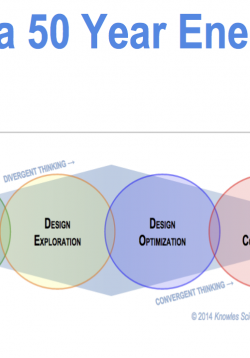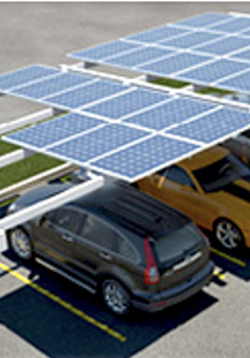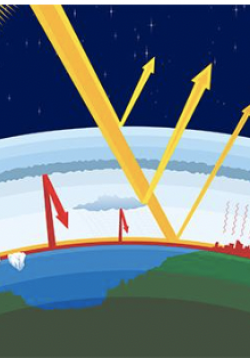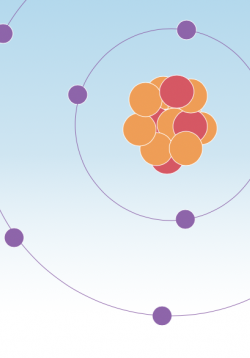50 Year Energy Plan - Unit Plan
Throughout this creative, hands-on Unit, students are challenged to scale up every Disciplinary Core Idea and Science & Engineering Practice they’ve learned - from simple electricity generation, to building their own stereo speakers and DIY electric...
Introducing Power Production and Impacts of Climate Change
In the first part of this activity, students participate in a role play activity – understanding the needs of different people living and working around the world. Each character express their unique perspective on climate change and impacts to their...
Diving into the Physics of Motors and Generators
Using energy analysis and some tinkering students hand wind speakers to play music from a phone. This acts as a phenomenon to engage students in the exploration of electromagnetism. At this point, they have created a motor, which utilizes electric current...
Scaling up to Power Production: Let’s Engineer a Wind Turbine
After working through Lessons 1 and 2 of this Unit, students are now familiar with the physics of how generators work. The next step in Lesson 3 is to investigate how existing power generation systems operate and supply electricity to entire geographic...
Scaling up to Power Production Let’s use Data to Optimize the Performance of a Solar Cell Array
Somewhat similar to the first part of the wind turbine project from Lesson 3, students are tasked with optimizing the performance of a photovoltaic system. This objective both allows students to apply the engineering-design process they absorbed in...
How Do We Evaluate Energy Sources?
Building on student’s understanding of energy production methods developed over previous lessons, Lesson 5 asks the class to identify and measure trade-offs between environmental impacts – human needs – and practical costs of different power generation...
What is Our Plan?
With all the pieces in place, this Unit’s final lesson asks students to code a spreadsheet that calculates and mathematically predicts the environmental impacts of different energy sources and strategies over a 50 year timespan. Divided into five...
Unit Plan: A Community Powered by Renewable Energy
In this three-part comprehensive place-based and project-based unit, students will learn and apply rebnewable energy content to devise action plans at an individual, family, and local level. Students will use primary and secondary research explore energy...
Part 1 - Lesson 1: Why Use Renewable Energy?
The purpose of this lesson is for students to obtain base knowledge of how renewable and non-renewable energy is generated and identify differences between renewable resources and fossil fuels. Students will research the potential long-term and short-term...
Part 1 - Lesson 2: What is electricity and how do we use it?
During this lesson students will learn about how electricity originates at an atomic level and that electricity moves through conductors and can be directed using circuits. Students will used guided reading techniques to explore informational texts and...




